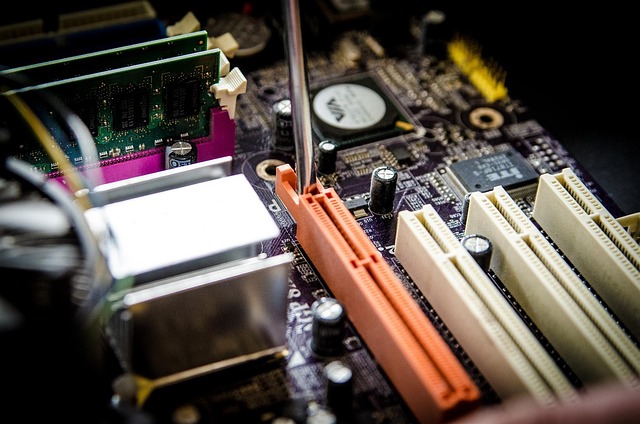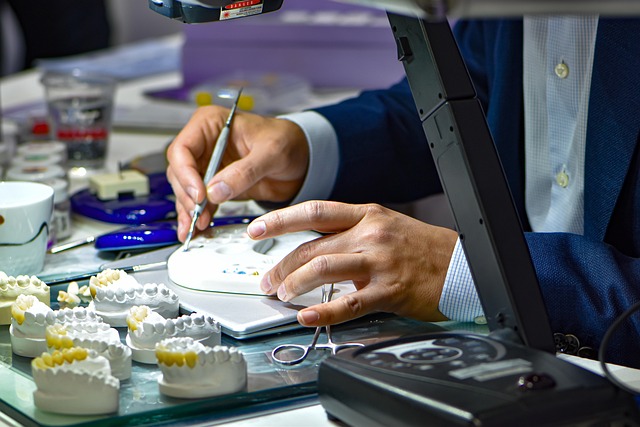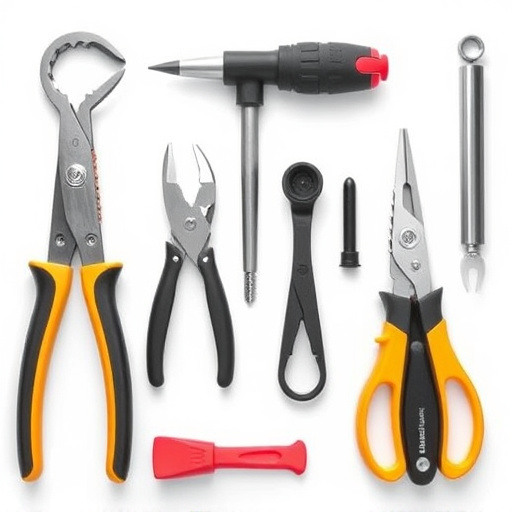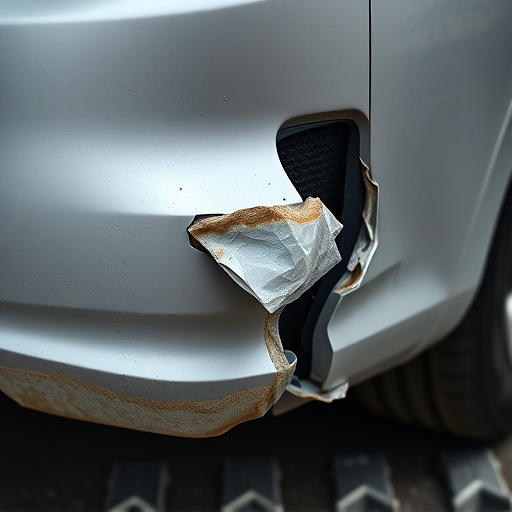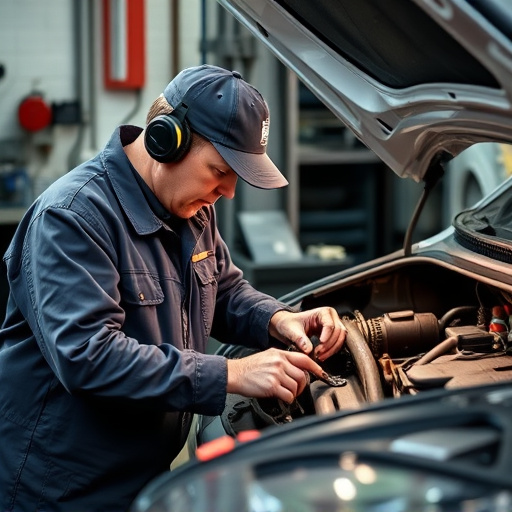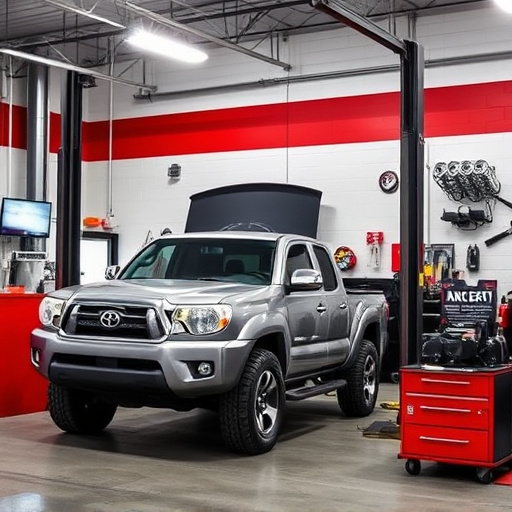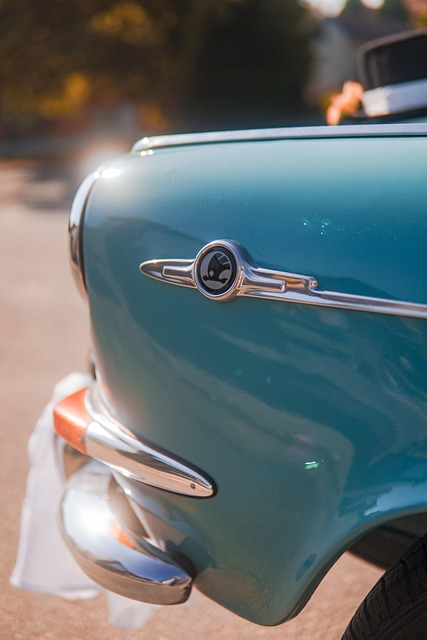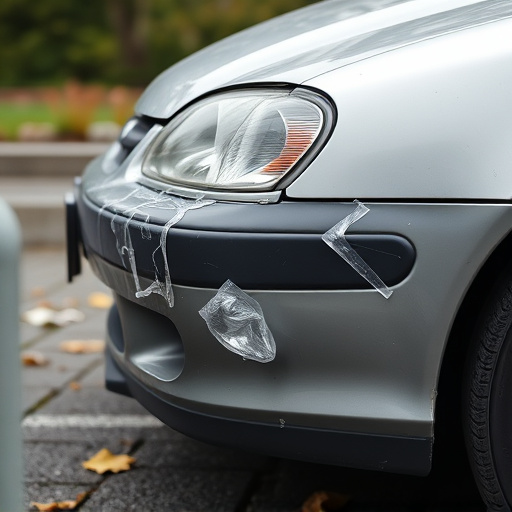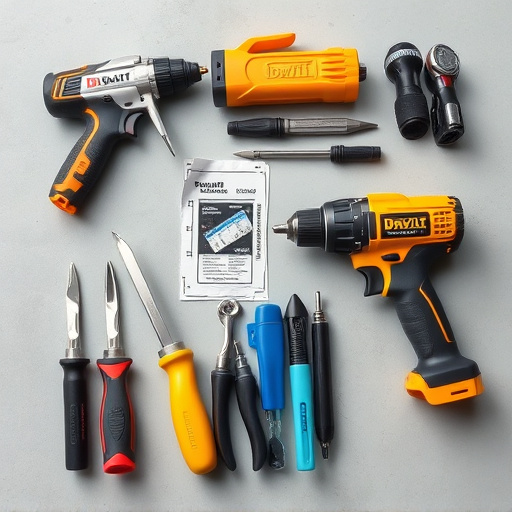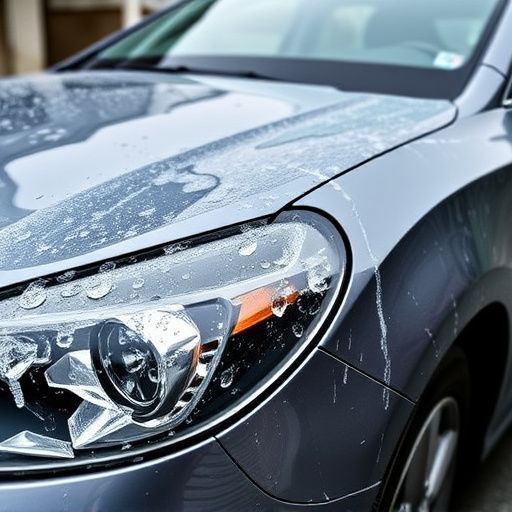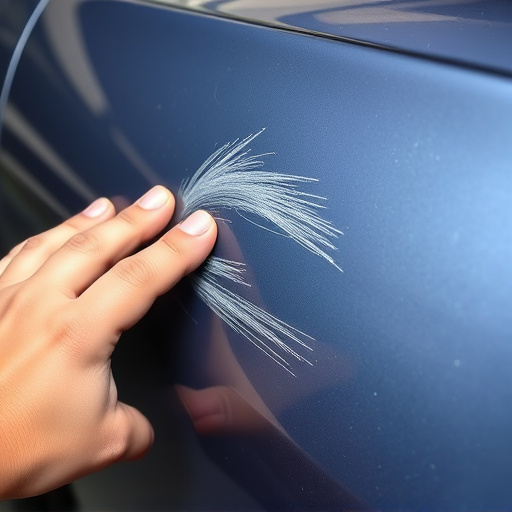Repair photo documentation is crucial for collision and cosmetic repairs, providing accurate visual records that ensure quality, protect against disputes, and facilitate efficient insurance claims. Detailed images capture damage and repairs from various angles, serving as references, communication aids, and conclusive proof of work done. This practice benefits both repair shops and customers by maintaining transparency, aligning results with expectations, and expediting claims while mitigating legal risks.
In the realm of automotive restoration, repair photo documentation is a game-changer. While collision repairs demand meticulous documentation for insurance and legal purposes, showcasing before-and-after damage assessments, cosmetic repairs tell a different story—one focused on aesthetics and subtle enhancements. This article delves into these contrasting yet crucial aspects, guiding professionals on capturing high-quality images to effectively communicate the fine art of repairing both structural damage and cosmetic flaws. Discover best practices for organizing digital records, ensuring every detail is captured for easy accessibility.
- The Significance of Photo Documentation in Collision Repairs
- – Importance in insurance claims and legal contexts
- – Establishing before-and-after evidence for damage assessment
The Significance of Photo Documentation in Collision Repairs

In the realm of collision repairs, photo documentation plays a pivotal role in ensuring accuracy and quality. When a vehicle sustains damages, whether it’s a dented fender or complex frame misalignments, visual records provide a detailed account of the car’s condition before, during, and after repair processes. These photos not only serve as a reference for the repair team but also facilitate effective communication between technicians, insurance providers, and customers. Accurate documentation ensures that every imperfection is addressed, and the final result aligns with the initial expectations.
Moreover, repair photo documentation acts as a crucial tool in the event of disputes or future maintenance needs. It provides tangible evidence of the repairs conducted, ensuring transparency and accountability. For instance, auto dent repair or vehicle paint repair processes are meticulously documented through before-and-after shots, highlighting the skill and precision employed in restoring the vehicle to its pre-accident condition. This level of detail not only benefits the repair shop but also instills confidence in customers that their vehicles are in capable hands.
– Importance in insurance claims and legal contexts
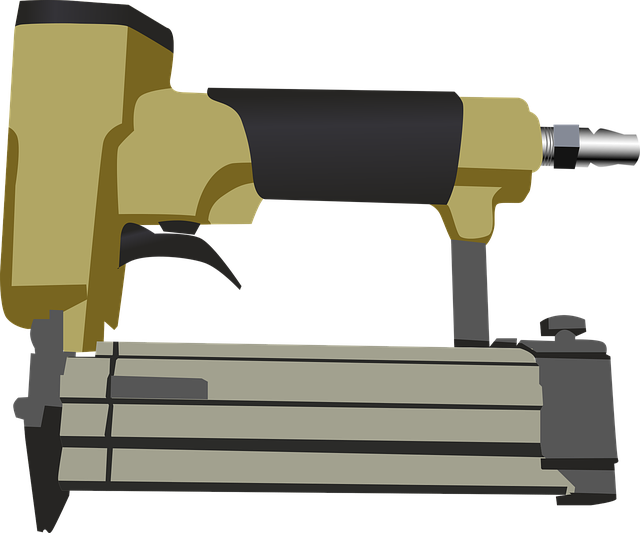
In insurance claims and legal contexts, comprehensive and accurate repair photo documentation is paramount. When a vehicle undergoes either car damage repair or cosmetic repairs, detailed photographic evidence serves as irrefutable records that can significantly influence the outcome of claims. It provides a clear and unbiased visual representation of the extent of damage, pre and post-repair, ensuring all parties involved—from insurance companies to legal professionals—can make informed decisions.
For vehicle body shop professionals, meticulous documentation is not just a best practice but also a legal necessity. High-quality images that capture various angles and close-ups of the car bodywork services can prevent misunderstandings, expedite claims processing, and potentially save time and money for all parties involved in the repair process. It’s crucial evidence that can protect both the repair shop and the client, ensuring everyone is held accountable for their work.
– Establishing before-and-after evidence for damage assessment
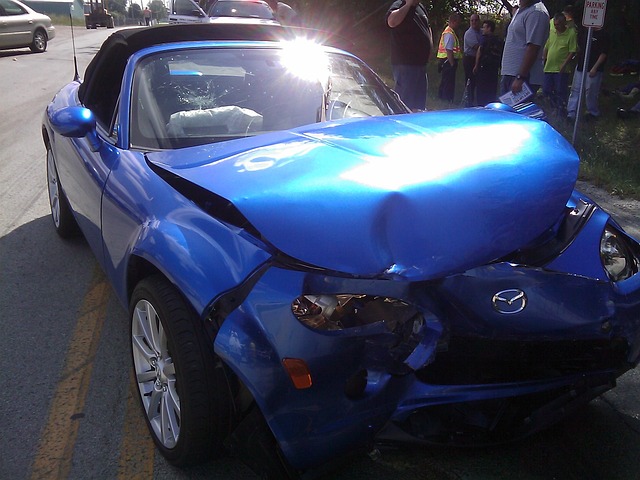
Establishing comprehensive before-and-after evidence is a critical aspect of repair photo documentation for both collision and cosmetic repairs. For collision repairs, this involves capturing detailed images of the vehicle’s damage prior to any work commencing. These initial photos serve as a baseline, providing a clear picture of the extent of the collision impact on the vehicle’s structure, panels, and components. This meticulous documentation not only aids in insurance claims but also ensures precise restoration to its pre-accident condition.
In contrast, cosmetic repairs, such as painting or dent removal, require a slightly different approach. Here, repair photo documentation focuses more on showcasing the transformation of the vehicle’s appearance. High-quality before-and-after images can visually demonstrate the effectiveness of tire services, auto body repair, and auto repair shop procedures in removing dents, smoothing out imperfections, and restoring the car’s aesthetic appeal. This visual evidence is invaluable for both customers and professionals in the industry, fostering transparency and a clear understanding of the repair process.
In conclusion, repairing photo documentation is an indispensable tool in both collision and cosmetic repairs. Its significance cannot be overstated, especially in insurance claims and legal contexts where clear, before-and-after evidence is paramount for accurate damage assessment. By utilizing this method, repair shops can ensure transparency, streamline processes, and ultimately provide clients with reliable, high-quality services.
